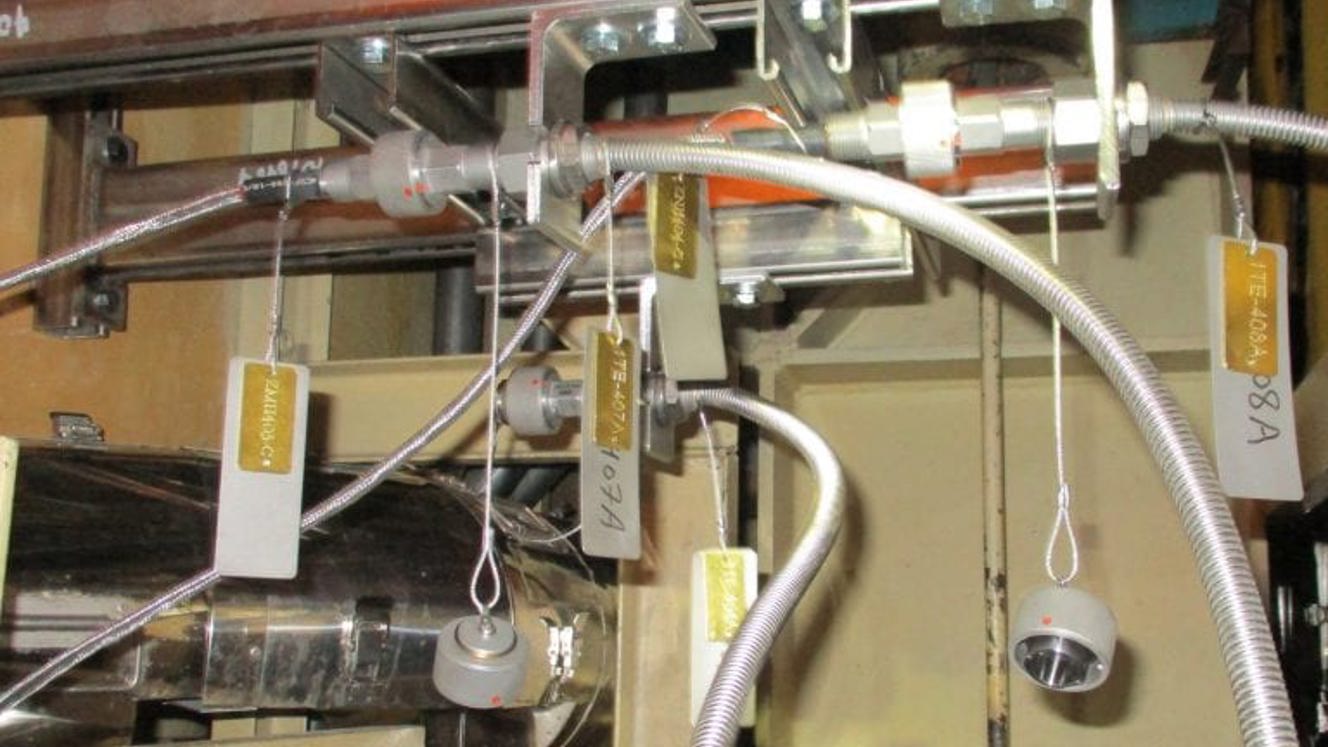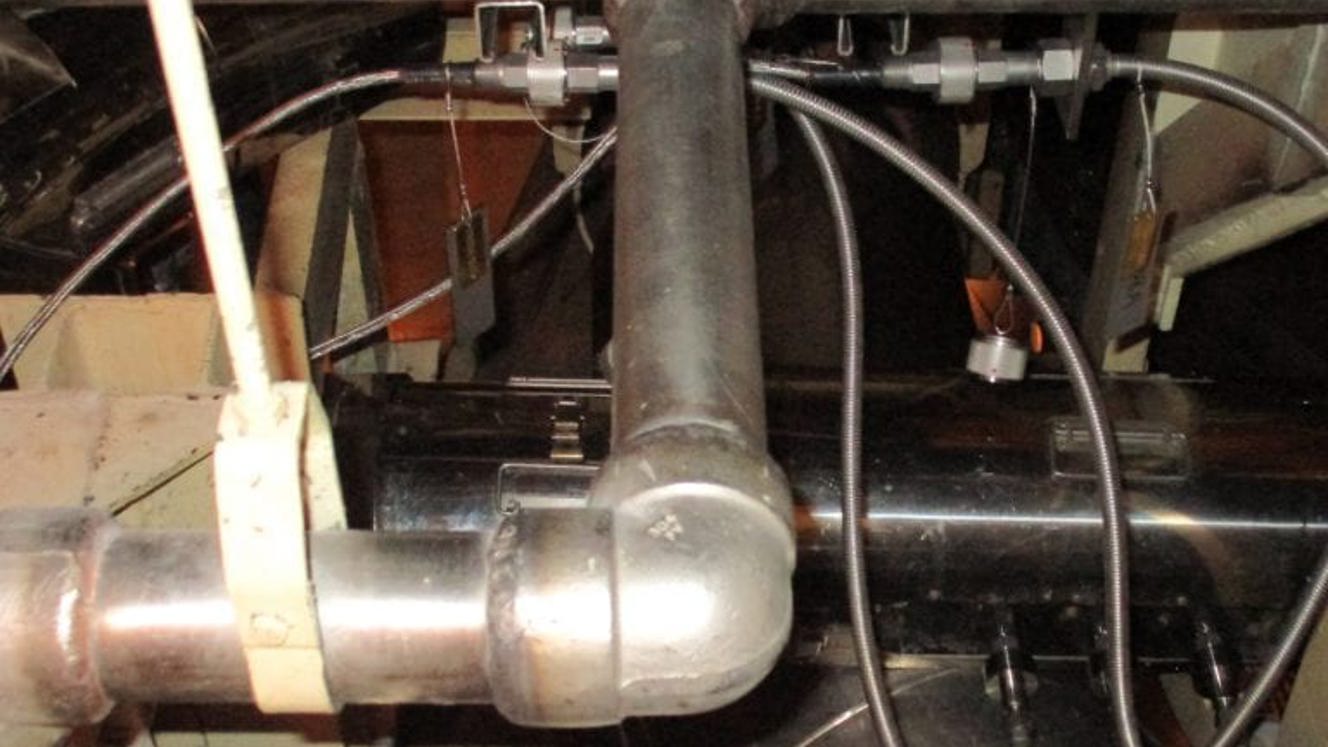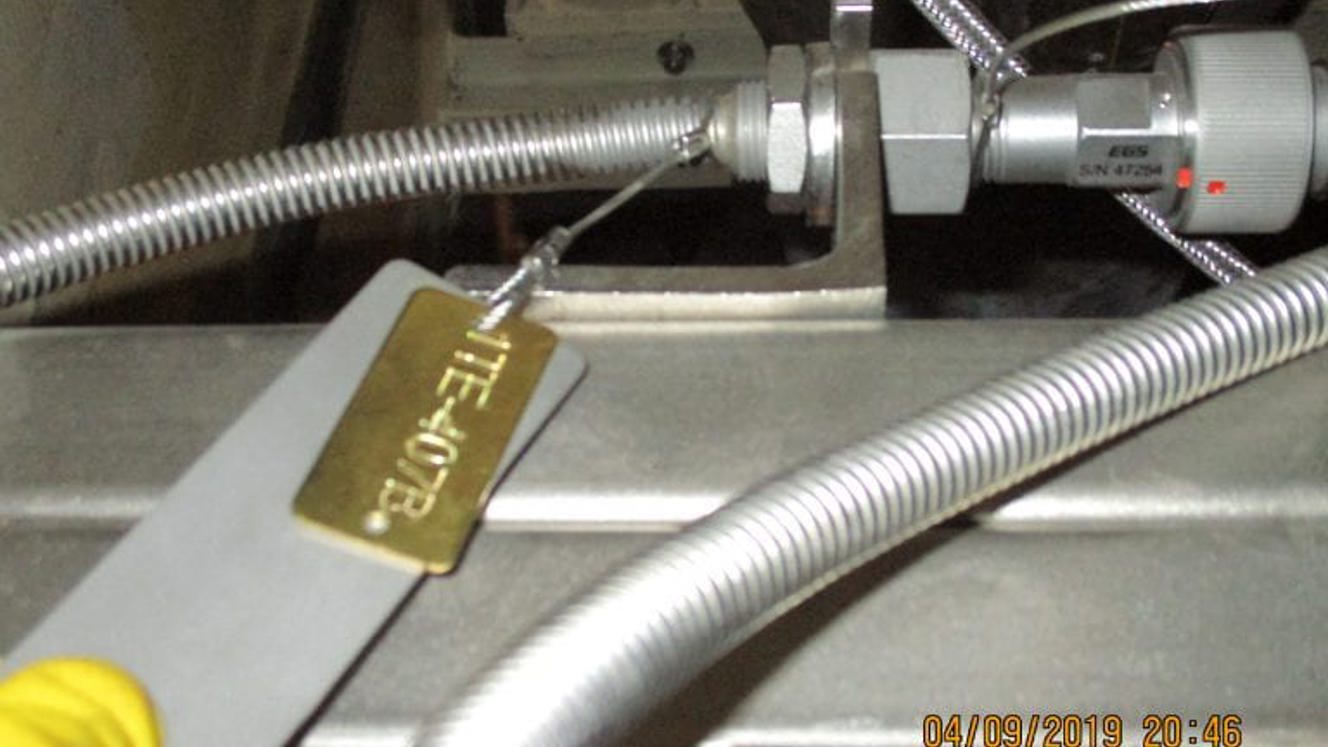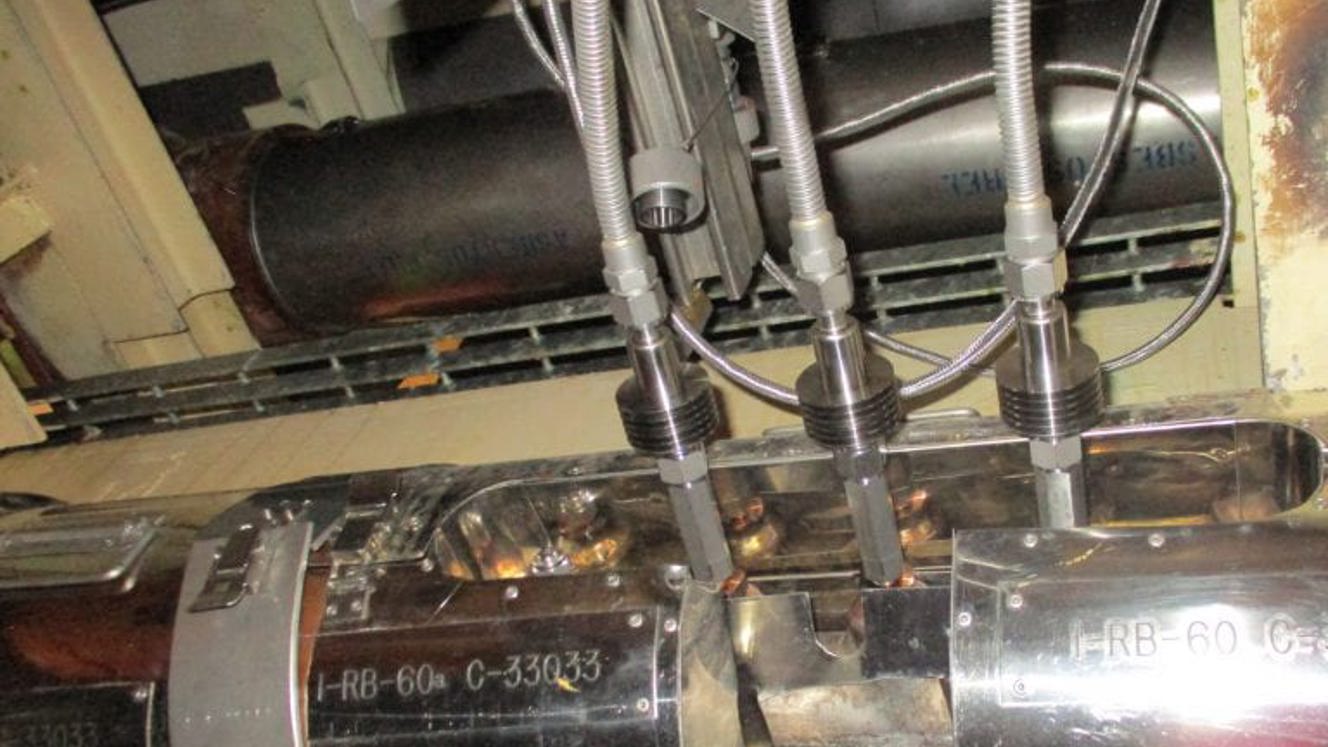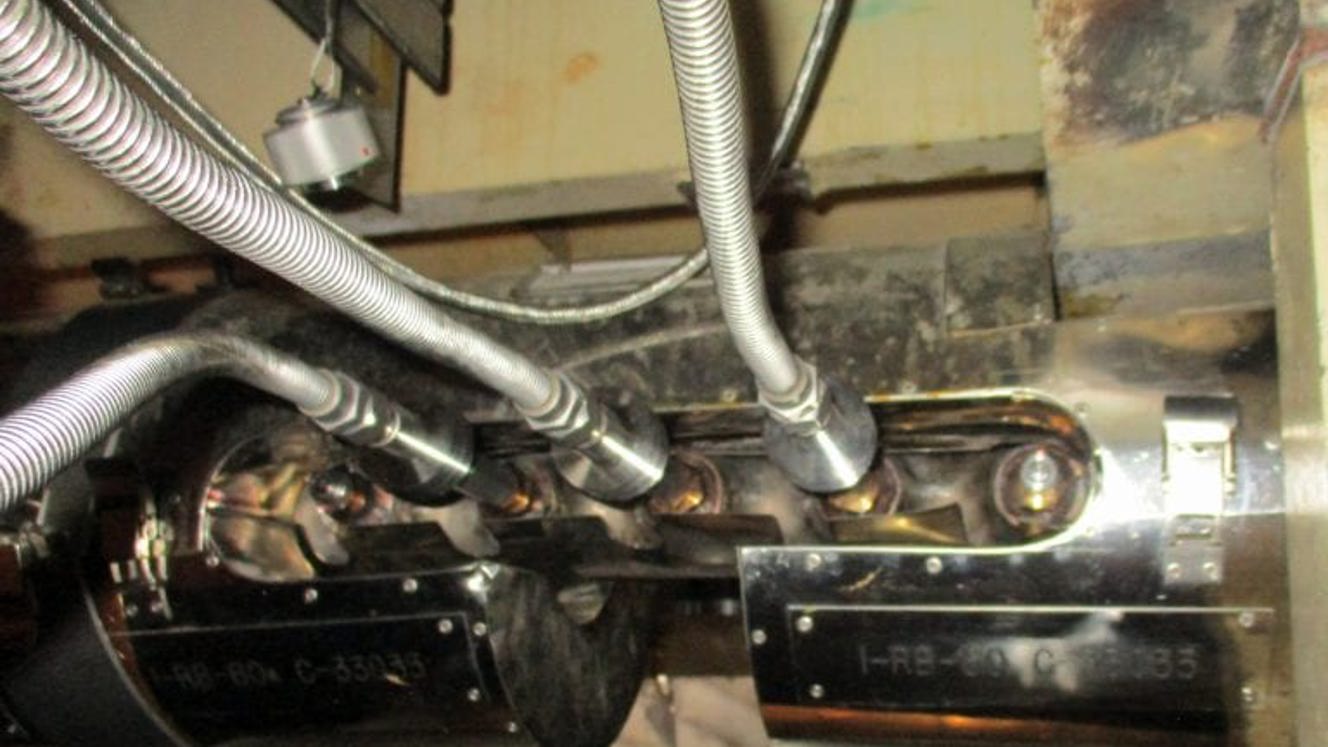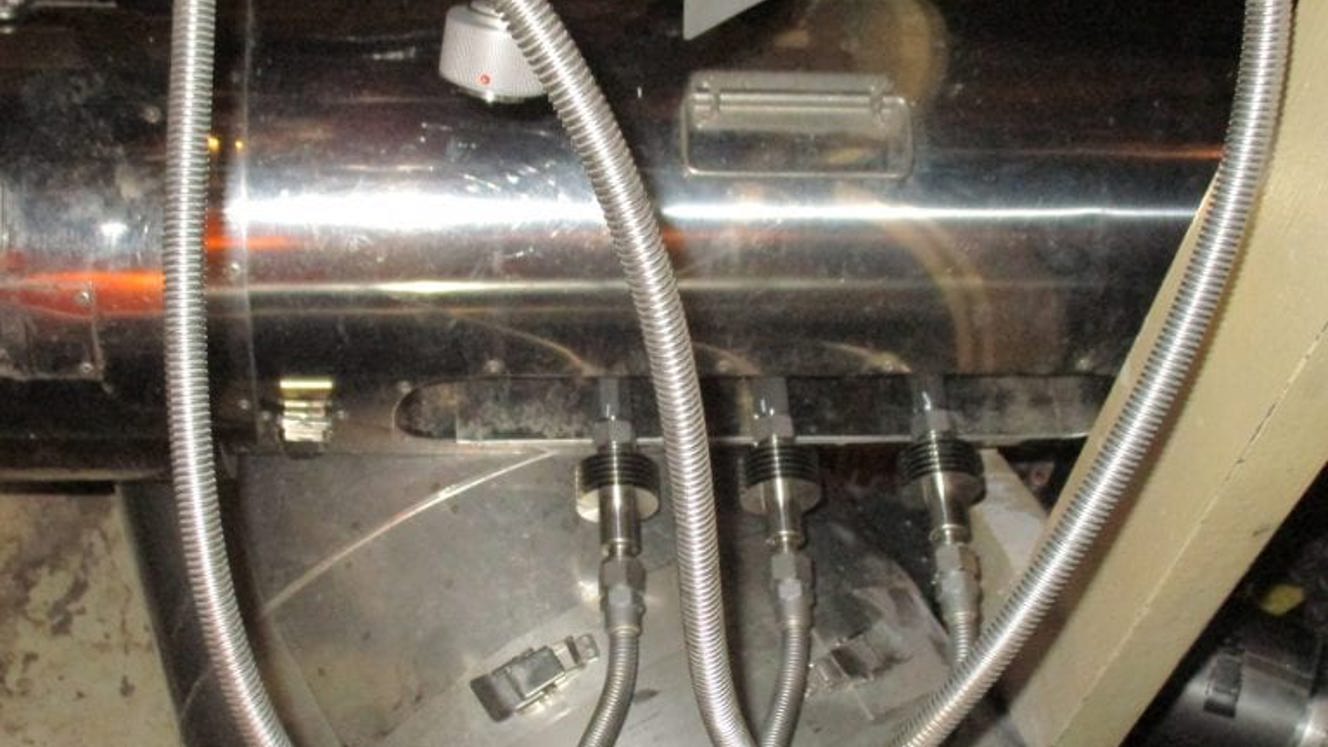Many nuclear facilities across the nation and the world are dealing with the rising challenge of replacing or refurbishing outdated and obsolete sensors and transmitters. Quite often, the OEM is unable to provide replacements, so power plants must look to the current market for solutions. These facilities need a reliable option, and Ultra meets the challenge.
Background
NextEra’s Point Beach nuclear power plant is located on Lake Michigan in Wisconsin. The plant was originally built in the 1960s and currently contains two Westinghouse pressurized water reactors. The Rosemount 186-29-1 direct immersion resistance temperature detectors (RTDs) are directly immersed in hot and cold legs of the reactor cooling system’s bypass manifolds. By having RTDs installed in a by-pass manifold, the manifold can be shut off from the main reactor cooling system (RCS) allowing for maintenance to be performed on sensors without the need for draining the main reactor piping. Most existing Westinghouse plants have removed the by-pass manifold and have installed thermowell mounted RTDs directly into the RCS piping.
Accurate and timely RTD readings are critical. Not only are these readings required by the plant final safety analysis report (FSAR), they are monitored as part of the plant control and safety system. If sensor readings fall outside of specified limits a reactor trip will be forced causing a safe plant shutdown
Problem
The originally installed Rosemount temperature sensors are obsolete. Sensor failures and sensors reaching the end of qualified life condition forced the plant to find suitable replacements. Since the by-pass manifold must be shut off from the main RCS and drained, the replacement operation is complex and expensive.
A detailed assessment and modification package was required. Ultra Energy worked closely with plant engineers to conduct an extensive engineering analysis and develop appropriate technical specifications.
Equivalency of fit, form and function were evaluated. The engineering analysis had the following conclusions:
- Dual-element solution would add backup spare capability without needing additional sensor install points
- Response time tradeoffs were necessary
- Quick Disconnect Electrical Connectors were needed for serviceability
Solution
Dual Element: Using a dual element RTD design adds backup spare sensors while reducing the required total number of physically installed RTDs from five single probes to three dual element probes. Only two of the probes are wired into the local terminal box utilizing a quick disconnect cable configuration which reduced the cabling from five separate field-side cables to two. The third or spare probe includes an integral QDC that is capped to provide a physical spare that can be readily swapped if needed. This way, the RTD connections can be switched much quicker with less radiation exposure than physical wiring at the terminal box.
Response Time: Although the fit, form and function between the obsolete Rosemount and new Ultra Energy RTDs were quite comparable, they differed regarding response time. The existing Rosemount RTDs were single RTDs with a 0.5 second response time, while Ultra’s replacement RTDs are dual-element RTDs with a 2-second response time. Even though the probe response time increased, Ultra’s RTDs added additional spare capabilities to address ALARA concerns, meet safety and serviceability needs and a ruggedized design with better stability and lower long-term drift.
Quick Disconnect Connector (QDC): The old pigtail-style electrical connection was replaced with a quick disconnect electrical connector. Given that the QDCs are two inches in diameter, the design added both length and weight to the overall configuration. Therefore, the QDC and RTD interface was designed so that the QDC could be structurally mounted away from the sensor and away from the heat of the piping. An additional structural support was required and provided with the sensor assembly. The QDC cabling can be subject to damage during handling and shipping. Thus, packaging is very important. Ultra Energy received high praise from Project Manager Dale Charapata, who stated that it was “the best packaging and documentation he had ever seen”.
The project was incredibly complex from an engineering standpoint. Tim Graham, Ultra sales representative stated,
“I have been with Ultra for five years, and this is one of the best things we’ve ever done. We saved radiation exposure of workers, and I can’t think of anything we’ve done that is more important or more technologically challenging.”
Ultimately, the entire project took two years to implement with a final cost of over $1 million. Benefits are described below.
Benefits
Benefits to the customer included cost, installation time and maintenance time savings. The overall design and implementation saved precious time during the installation. Time saved directly translates to reduced radiation dose for plant workers performing installation and maintenance. Time is money, and with dosage rates costing $30,000 per man REM hour, this design also greatly reduces the exposure costs. The design resulted in less equipment to maintain with frequency of maintenance remaining unchanged.
Overall, Ultra’s RTD design provided a more accurate reading than what could be achieved from the previous Rosemount design. The engineering design had to be rigorous due to the sensor serving part of the plant’s vital safety function. The unit was designed to ruggedly withstand the harsh Class 1E environment. Components were qualified according to a simulated 40-year qualified life in accordance with IEEE 323 and IEEE 344 standards.
Only two remaining nuclear plants in the United States have this direct immersion design, Point Beach and Prairie Island, Minnesota. Ultra Energy supplied replacement sensors for both plants. By connecting Ultra’s design engineering group directly with the Point Beach design engineering group, the collaborative team developed a precise technical specification and precise product definition.
By defining a precise statement of work and technical scope for the project, Ultra was able to develop an accurate project schedule that met the customer’s technical and delivery expectations.
Why You Should Consider Ultra
Great technology. Great collaboration. Great Solution, Great project management – This is the Ultra way. In the nuclear industry, expertise is valued, even more so than in other industries. To perform the investigative engineering research and design required in this customer success story, the team must have expertise and experience.
Ultra has some of the most talented engineers in the world, ready to provide stellar technical support to solve these obsolescence issues in your plant. We can perform the design changes you need, using our methodical multiphase evidence-based methods. We will comprehensively investigate the condition of your existing plant equipment and provide recovery actions to maintain your equipment in a safe and reliable condition.
Our engineers can provide a wide array of technical expertise, including remote assistance with calibration, environmental condition advice, equivalency analysis and more. Furthermore, Ultra Energy supplies a broad range of nuclear-focused products and services for both new and existing nuclear power plants.
Ultra Energy can create a customized solution for any aging nuclear power plant.
